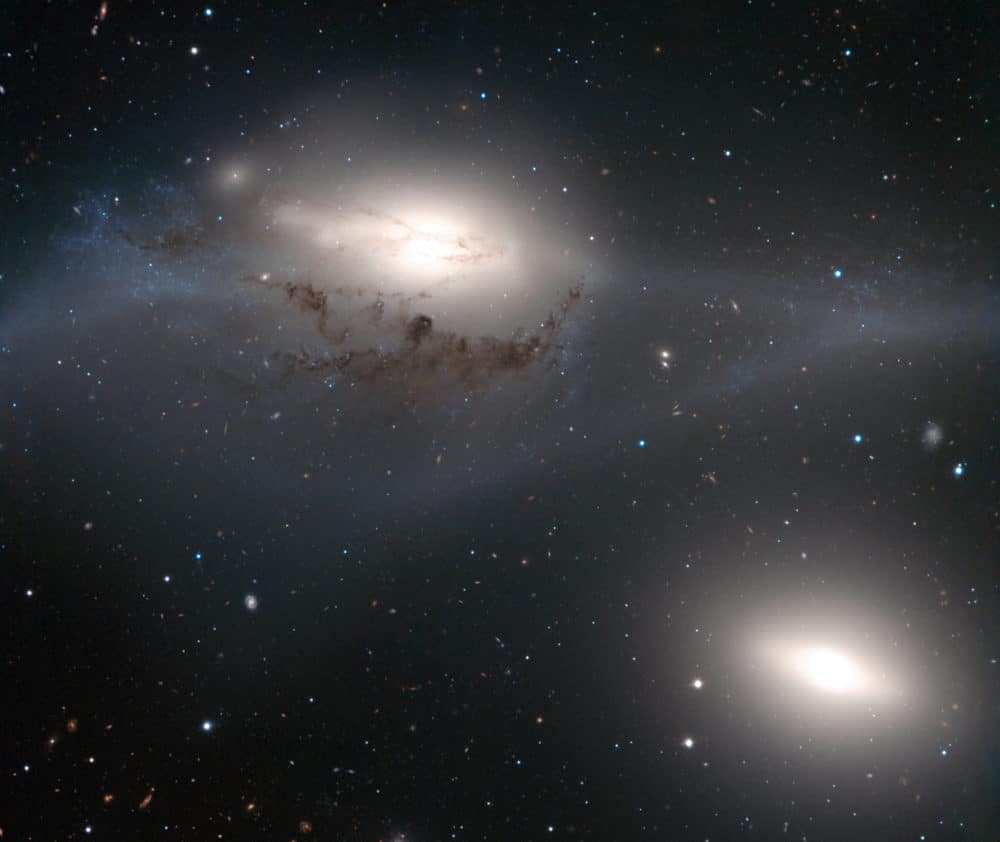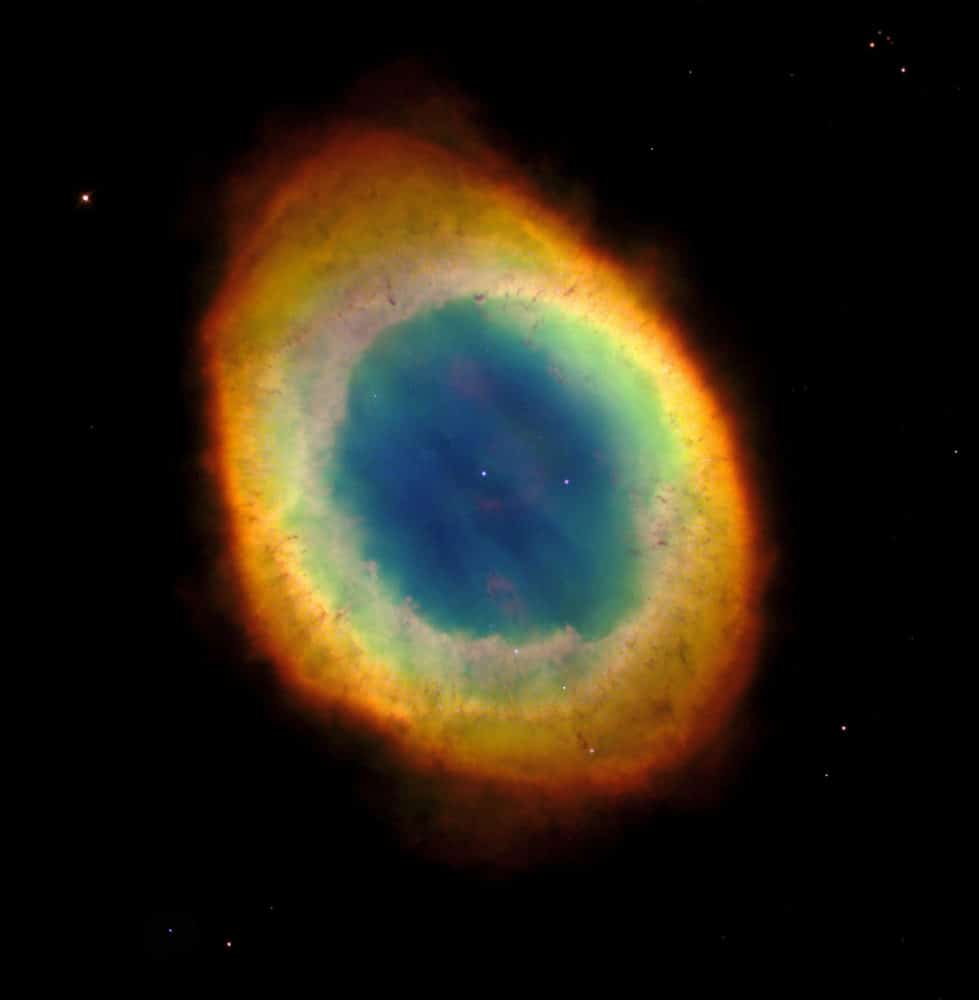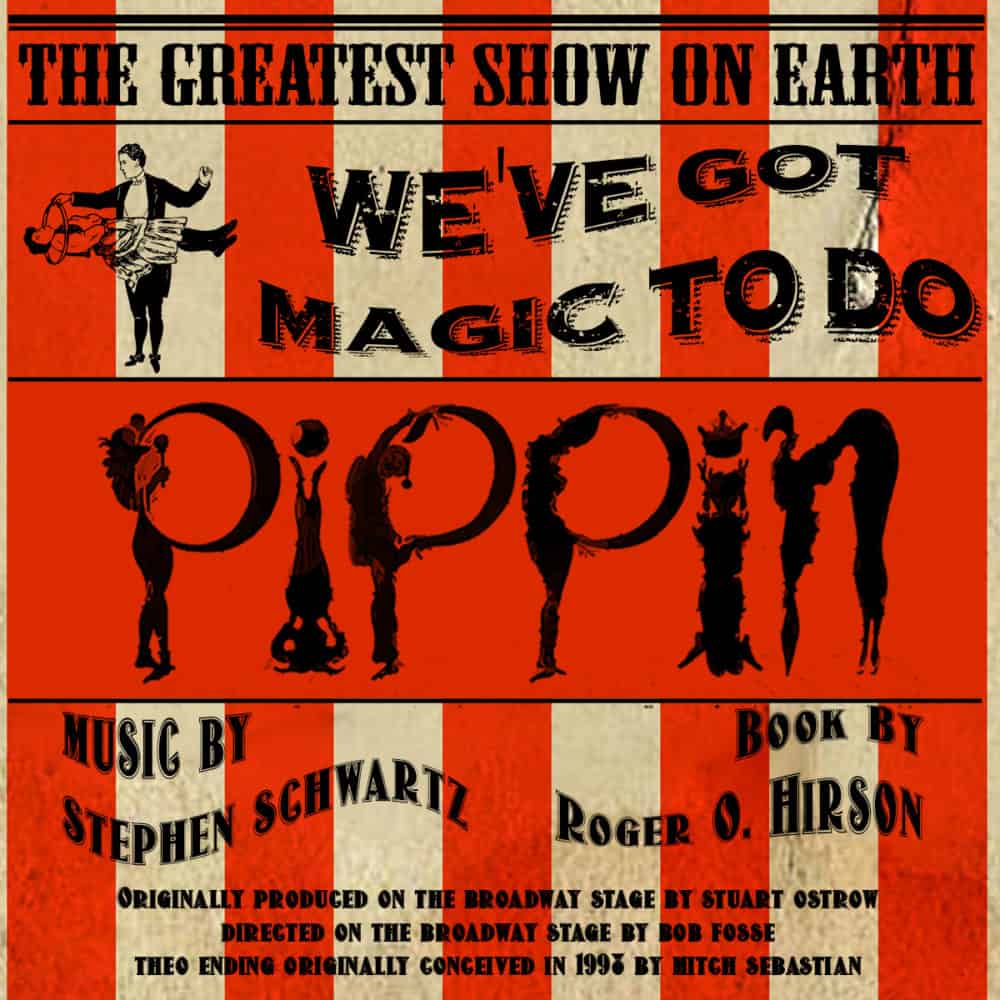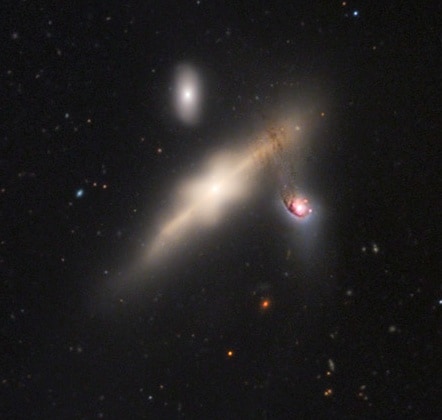Blog
Edwin Joseph Bocage (September 20, 1930 – March 18, 2009), known as Eddie Bo, was an American singer and pianist from New Orleans. Schooled in jazz, he was known for his blues, soul and funk recordings, compositions, productions and arrangements. He debuted on Ace Records in 1955 and released more single records than anyone else in New Orleans other than Fats Domino. Eddie Bo worked and recorded for more than 40 different record labels, including Ace, Apollo Records, Arrow, At Last, Blue-Jay, Bo-Sound, Checker, Chess, Cinderella, Nola, Ric (for which business his carpentry skills were used to build a studio), Scram, Seven B, and Swan. He is described at Allmusic as “a sorely underappreciated veteran of the New Orleans R&B scene.” Eddie Bo grew up in Algiers, Louisiana and in the Ninth Ward of New Orleans. He came from a long line of ship builders with the male members of his family being bricklayers, carpenters and masons by day and musicians by night. Eddie’s mother was a self-taught pianist in the style of friend, Professor Longhair. The Bocage family was involved in the traditional jazz community with cousins Charles, Henry and Peter, who played with Sidney Bechet, contributing to jazz orchestras before World War II.
more...Eric J. Gale (September 20, 1938 – May 25, 1994) was an American jazz and session guitarist. Born in Brooklyn, New York, Gale began playing guitar at the age of 12. Although he majored in chemistry at Niagara University, Gale was determined to pursue a musical career, and began contributing to accompaniments for such stars as Maxine Brown, the Drifters, and Jesse Belvin. He soon began to attract the attention of King Curtis and Jimmy Smith, who began recommending him for studio work. He became known first as a session musician in the 1960s, eventually appearing on an estimated 500 albums. Among the many artists he recorded with were Mose Allison, Aretha Franklin, Bob James, Paul Simon (Gale plays a supporting role in the 1980 film One-Trick Pony, written by and starring Simon), Lena Horne, Quincy Jones, Bob Marley, Nina Simone, Peter Tosh, Grover Washington, Jr., Herbie Mann, Esther Phillips, Joe Cocker, Carly Simon, Van Morrison, Al Jarreau, Dave Grusin, Lee “Scratch” Perry, Paul Douglas and Billy Joel. He also had played in Aretha Franklin’s stage band.
Keith Moore “Red” Mitchell (September 20, 1927 – November 8, 1992), was an American jazz double-bassist, composer, lyricist, and poet. Mitchell was born on September 20, 1927, in New York City. His younger brother, Whitey Mitchell, also became a jazz bassist.
Mitchell was raised in New Jersey by a father who was an engineer and loved music, and a mother who loved poetry. His first instruments were piano, alto saxophone, and clarinet. Although Cornell University awarded him an engineering scholarship, by 1947 he was in the US Army playing bass. The next year he was in a jazz trio in New York City.
Mitchell performed and/or recorded with Mundell Lowe, Chubby Jackson, Charlie Ventura, Woody Herman, Red Norvo, Gerry Mulligan, and, after joining the West Coast jazz scene in the early 1950s, with André Previn, Shelly Manne, Hampton Hawes, Billie Holiday, Stan Seltzer, Ornette Coleman, and others such as Mahalia Jackson. He also worked as a bassist in the TV and film studios around Los Angeles, occasionally appearing on screen. Mitchell also appeared in documentaries about Tal Farlow and Zoot Sims.
more...Flamenco Fridays with Sevillanas. Sevillanas (Spanish pronunciation: [seβiˈʝanas]) are a type of folk music and dance of Sevilla and its region. They were derived from the Seguidilla, an old Castilian folk music and dance genre. In the nineteenth century they were influenced by Flamenco. They have a relatively limited musical pattern but are rich in lyrics based on country life, virgins, country towns, neighborhoods, pilgrimage, and love themes. The rhythm of Sevillanas can be interpreted as 3/4, although it is generally 6/8. Each sevillana is composed of 4 or sometimes 7 parts, with each part divided into 3 coplas and with each copla made up of 6 movements. During festivals and shows, it is often the Sevillana dancing visitors to Andalusiamistakenly take as Flamenco, as it is a vivid style, full of turns.
https://www.youtube.com/watch?v=4FhNFWNjUiQ
more...https://www.youtube.com/watch?v=PBZ7DJMHp88
more...The Ring Nebula (also catalogued as Messier 57, M57 or NGC 6720) is a planetary nebula in the northern constellation of Lyra. Such objects are formed when a shell of ionized gas is expelled into the surrounding interstellar medium by a star at the end of its asymptotic giant branch phase, in the last stages of its evolution before becoming a white dwarf. This nebula was discovered by the French astronomer Charles Messier while searching for comets in late January 1779. Messier’s report of his independent discovery of Comet Bode reached fellow French astronomer Antoine Darquier de Pellepoix two weeks later, who then independently rediscovered the nebula while following the comet. Darquier later reported that it was “…as large as Jupiter and resembles a planet which is fading” (which may have contributed to the use of the “planetary nebula” terminology). It would be entered into Messier’s catalogue as the 57th object. Messier and German-born astronomer William Herschel speculated that the nebula was formed by multiple faint stars that were unresolvable with his telescope.
M57 is 0.787 kpc (2,570 light-years) from Earth. It has a visual magnitude of 8.8v and photographic magnitude of 9.7p. Photographs taken over a period of 50 years show the rate of nebula expansion is roughly 1 arcsecond per century, which corresponds to spectroscopic observations as 20–30 km s−1. M57 is illuminated by a central white dwarf or planetary nebula nucleus (PNN) of 15.75v visual magnitude.
more...
Muhal Richard Abrams (born Richard Lewis Abrams; September 19, 1930 – October 29, 2017) was an American educator, administrator, composer, arranger, clarinetist, cellist, and jazz pianist in the free jazz medium. He recorded and toured the United States, Canada and Europe with his orchestra, sextet, quartet, duo and as a solo pianist. His musical affiliations constitute a “who’s who” of the jazz world, including Max Roach, Dexter Gordon, Eddie “Lockjaw” Davis, Art Farmer, Sonny Stitt, Anthony Braxton, and The Art Ensemble of Chicago.
Abrams’s mother, Edna, was born in Memphis. His father, Milton, was born in Alabama and moved with his parents to Chicago. Richard Lewis Abrams was born there, the second of nine children, on September 19, 1930. His father became a self-employed handyman; his mother was a housewife. “Abrams’s paternal grandfather was ‘what you call a junk man’, selling the fruits of neighborhood foraging. Abrams and his brother would pull the cart around the neighborhood, eventually arriving at a junk-yard on State Street, where the items would be sold.” Abrams first attended Forrestville public school in Chicago. He grew up in a gang area; truancy and fighting meant that he was sent to Moseley School, a reformatory school for boys. There, in addition to strict discipline, he was taught about black histories. He later moved on to DuSable High School. Although he was aware of the strong music program there, led by Walter Dyett, Abrams preferred playing sports, so did not participate in Dyett’s classes. Among the future musicians Abrams met at the school were Charles Davis, Richard Davis, John Gilmore, Johnny Griffin, Laurdine Patrick, and Julian Priester.
more...George Lowen Coxhill (19 September 1932 – 10 July 2012), generally known as Lol Coxhill, was an English free improvising saxophonist and raconteur. He played the soprano or sopranino saxophone.
Coxhill was born to George Compton Coxhill and Mabel Margaret Coxhill (née Motton) at Portsmouth, Hampshire, UK. He grew up in Aylesbury, Buckinghamshire, and bought his first saxophone in 1947. After national service he became a busy semi-professional musician, touring US airbases with Denzil Bailey’s Afro-Cubists and the Graham Fleming Combo. In the 1960s he played with visiting American blues, soul and jazz musicians including Rufus Thomas, Mose Allison, Otis Spann, and Champion Jack Dupree. He also developed his practice of playing unaccompanied solo saxophone, often busking in informal performance situations. Other than his solo playing, he performed mostly as a sideman or as an equal collaborator, rather than a conventional leader – there was no regular Lol Coxhill Trio or Quartet as would normally be expected of a saxophonist. Instead he had many intermittent but long-lasting collaborations with like-minded musicians.
more...Cora “Lovie” Austin (September 19, 1887 – July 8, 1972) was an American Chicago bandleader, session musician, composer, singer, and arranger during the 1920s classic blues era. She and Lil Hardin Armstrong are often ranked as two of the best female jazz blues piano players of the period.
She was born Cora Taylor in Chattanooga, Tennessee. Lovie grew up with eight brothers and sisters. She took the name Cora Calhoun in her teens from an early marriage; she was married for a short time to a movie house operator in Detroit and then later married a vaudeville performer, Phillip Austin. She studied music theory at Roger Williams University and Knoxville College in Knoxville, Tennessee which was uncommon for African American woman and jazz musicians alike during the time.
In 1923, Lovie Austin decided to make Chicago her home, and she lived and worked there for the rest of her life. She was often seen racing around town in her Stutz Bearcat with leopard skin upholstery, dressed to the teeth. Her early career was in vaudeville, where she played piano and performed in variety acts. Accompanying blues singers was Lovie’s specialty, and can be heard on recordings by Ma Rainey (“Moonshine Blues), Ida Cox (“Wild Women Don’t Have the Blues“), Ethel Waters (“Craving Blues”), and Alberta Hunter (“Sad ‘n’ Lonely Blues”).
more...This striking image, taken with the FORS2 instrument on the Very Large Telescope, shows a beautiful yet peculiar pair of galaxies, NGC 4438 and NGC 4435, nicknamed The Eyes. The larger of these, at the top of the picture, NGC 4438, is thought to have once been a spiral galaxy that was strongly deformed by collisions in the relatively recent past. The two galaxies belong to the Virgo Cluster and are about 50 million light-years away.

This striking image, taken with the FORS2 instrument on the Very Large Telescope, shows a beautiful yet peculiar pair of galaxies, NGC 4438 and NGC 4435, nicknamed The Eyes. The larger of these, at the top of the picture, NGC 4438, is thought to have once been a spiral galaxy that was strongly deformed by collisions in the relatively recent past. The two galaxies belong to the Virgo Cluster and are about 50 million light-years away.
María del Rocío Trinidad Mohedano Jurado (Spanish pronunciation: [roˈθi.o xuˈɾaðo], born 18 September 1946 – died 1 June 2006) was a Spanish singer and actress. She was born in Chipiona (Cádiz) and nicknamed “La más grande” (“The Greatest”).
She was once married to boxer Pedro Carrasco, with whom she had a daughter, Rocío Carrasco. Divorced, she married bullfighter José Ortega Cano, and they adopted two children, Gloria Camila Ortega Mohedano and José Fernando Ortega Mohedano.
In 2000 in New York, she won the prize La voz del Milenio for best female voice of the 20th century. Rocio Jurado sold more than 25 million records, and she received 150 gold discs and 63 platinum discs.
more...
Born : September 18, 1929 in Byhalia, Mississippi. Died : September 05, 1994 in Chicago, Illinois.
American blues guitarist, harmonicist, bassist, arranger and singer. Associated with the Chicago blues scene of the 1960’s and on, having backed and played with countless Chicago notables. Brother of guitarist/bassist Dave Myers.
more...https://www.youtube.com/watch?v=ovhc7dEAjEs
more...NGC 128 is a lenticular galaxy in the constellation Pisces. It is approximately 190 million light-years from earth and has a diameter of about 165,000 light years. NGC 128 with smaller galaxies NGC 130 (left) and NGC 127 (right).
NGC 128 was discovered by astronomer William Herschel on 25 December 1790 using a reflecting telescope with an aperture of 18.7 inches. At the time of discovery, its coordinates were recorded as 00h 22m 05s, +87° 54.6′ -20.0″.
more...Earl Charles Barrington May (September 27, 1927 – January 4, 2008) was an American jazz bassist.
May was born and raised in New York City, where he began playing professionally in the early 1950s, learning to play left-handed using a double bass strung for a right-handed musician. He studied under Charles Mingus and played locally with Miles Davis, Lester Young, Gene Ammons, Sonny Stitt, and Mercer Ellington. Through most of the 1950s he played in a trio with Billy Taylor, and also worked later in the 1950s with John Coltrane and Chet Baker.
From 1959 to 1963 he played behind Gloria Lynne, and in that decade also worked with Dave McKenna, Herman Foster, Shirley Scott, Stanley Turrentine, Herbie Mann, Mose Allison, and Earl Hines. In the early 1970s he began playing electric bass in addition to the double-bass, and played in that decade with Dizzy Gillespie, Johnny Hartman, Joe Newman, Archie Shepp, Frank Foster, Mickey Tucker, and Ruby Braff.
In the 1980s he did work with musicals both on Broadway and on tour, including Sophisticated Ladies and Big Deal, in addition to work with George Benson early in the decade and Charles Brownlater in the decade. Credits in the 1990s and 2000s included work with Dave Van Ronk, Doc Cheatham, Benny Waters, Marlena Shaw, Irvin Stokes, a trio with Jane Jarvis and Benny Powell, Eddie Locke, Charles McPherson, and the international tour of the Statesmen of Jazz.
more...Eugene McDuff (September 17, 1926 – January 23, 2001), known professionally as “Brother” Jack McDuff or “Captain” Jack McDuff, was an American jazz organist and organ trio bandleader who was most prominent during the hard bop and soul jazz era of the 1960s, often performing with an organ trio. He is also credited with giving guitarist George Benson his first break.
Content Born Eugene McDuffy in Champaign, Illinois, McDuff began playing bass, appearing in Joe Farrell’s group. Encouraged by Willis Jackson in whose band he also played bass in the late 1950s, McDuff moved to the organ and began to attract the attention of Prestige while still with Jackson’s group. McDuff soon became a bandleader, leading groups featuring a young George Benson on guitar, Red Holloway on tenor saxophone and Joe Dukeson drums.
McDuff recorded many classic albums on Prestige, including his debut solo Brother Jack in 1960; The Honeydripper (1961), with tenor saxophonist Jimmy Forrest and guitarist Grant Green; Brother Jack Meets The Boss (1962), featuring Gene Ammons; Screamin’ (1962), with alto saxophonist Leo Wright and guitarist Kenny Burrell; and Brother Jack McDuff Live! (1963),[4] featuring Holloway and Benson, which includes his biggest hit, “Rock Candy”.
https://www.youtube.com/watch?v=SvFuh-o2w7E
more...More Posts
- Daily Roots with George Allison
- The Cosmos with IC 434
- Red Rodney Day
- Bud Powell Day
- World Fusion with Nordic Raga
- Daily Roots with Tony Clarke
- “Second Chance” by zAmya Theater East Phillips Park
- Rhythm Roots Workshop PRI Minneapolis
- The Cosmos with NGC 1892
- Nicholas Payton Day
- George Gershwin Day
- World Music with Northern Cree
- Daily Roots with Slyford Walker
- Rhythm Roots Workshop at PRI St Louis Pk
- The Cosmos with NGC 6872
- Sam Rivers Day
- Shadow Wilson Day
- World Music with Noe hernandez cantarell
- Daily Roots with the Twinkle Brothers
- The Cosmos with NGC 3981


